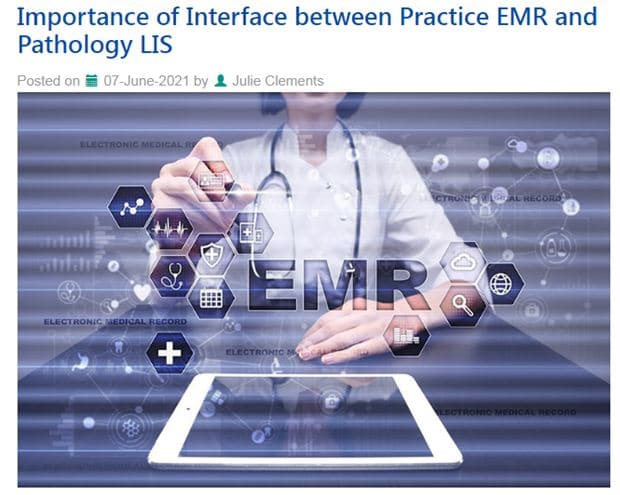 According to the 2015 EHR Software BuyerView report by Software Advice, a company that researches and provides review on software applications, found that most buyers of EHRs are choosing to replace their existing system. In their six years of research on EHR buyers, the company found the number of clinicians looking to replace their existing EHRs is much greater than the number of clinicians looking to purchase electronic record system for the first time in 2015. The buyers are still looking for a clinical documentation system with better functionalities and ease of use. We will see how medical transcription is relevant in such a scenario after going through the report.
According to the 2015 EHR Software BuyerView report by Software Advice, a company that researches and provides review on software applications, found that most buyers of EHRs are choosing to replace their existing system. In their six years of research on EHR buyers, the company found the number of clinicians looking to replace their existing EHRs is much greater than the number of clinicians looking to purchase electronic record system for the first time in 2015. The buyers are still looking for a clinical documentation system with better functionalities and ease of use. We will see how medical transcription is relevant in such a scenario after going through the report.
The three major findings of this report are as follows:
- There is around 59 percent increase in the number of buyers opting to replace existing EHR software since 2014.
- The top-requested application by the highest percent of EHR buyers (45 percent) is billing. The upcoming ICD-10 transition is reported to be the main reason for this.
- The most often requested functionalities by EHR buyers include patient tracking capabilities (monitoring assessments, treatment plans, progress notes and initial evaluations), customized templates (pre-filled forms and information sheets that tailor to particular patients, procedures and conditions) and functionality that enables regulatory compliance (government mandates such as meaningful use requirements, federal privacy and security laws).
While seeking the buyers’ motivation on buying new EHR software, nearly one-quarter of them replied that they are dissatisfied with the performance of their current system. The popular feedbacks from unsatisfied users include: the system takes too much clicks to get through, the system is not intuitive or it keeps crashing. Some practices may not realize their system is going to clash with their workflow until its implementation. One such example is the vendor will promise the buyer that it would be easy to implement customizations and the buyer comes to realize only after the implementation that even minor changes wouldn’t be possible without the next software upgrade. Thus, overwhelming dissatisfaction with the EHR system in the backdrop of new challenges such as ICD-10 transition and meaningful use is prompting buyers to replace their existing system.
Relevance of DRT (Discrete Reportable Transcription)
The report recommends that buyers consider four key elements while purchasing EHRs such as functionalities, ease of use, regulatory compliance and outside opinions. However, even if a system has all these elements, you may still encounter problems related to efficiency and accuracy. This will cost you a lot, especially due to upcoming challenges. This is where using discrete reportable transcription (DRT) technology instead of relying solely on EHRs becomes relevant. Many physicians complain that data entry during patient encounter lowers productivity as it limits the possibilities of a face-to-face encounter so that the physicians can’t focus on what patients are saying and examine their body language. Also, unnecessary copying and pasting of information to save time may result in grave mistakes. Relying upon a transcription service provider that uses discrete transcription technology gives you more time to spend with patients without any concerns regarding the accuracy of healthcare data.
With DRT, you are required to type clinical encounters into the system. The physicians’ dictations are transcribed with the help of transcriptionists and the transcribed data is populated into the corresponding fields within the EHR systems using DRT technology. The transcribed data is double-checked before entering it into the electronic record system. Professional transcription companies employ a trained and experienced quality assurance team to perform this task while implementing stringent security measures.


